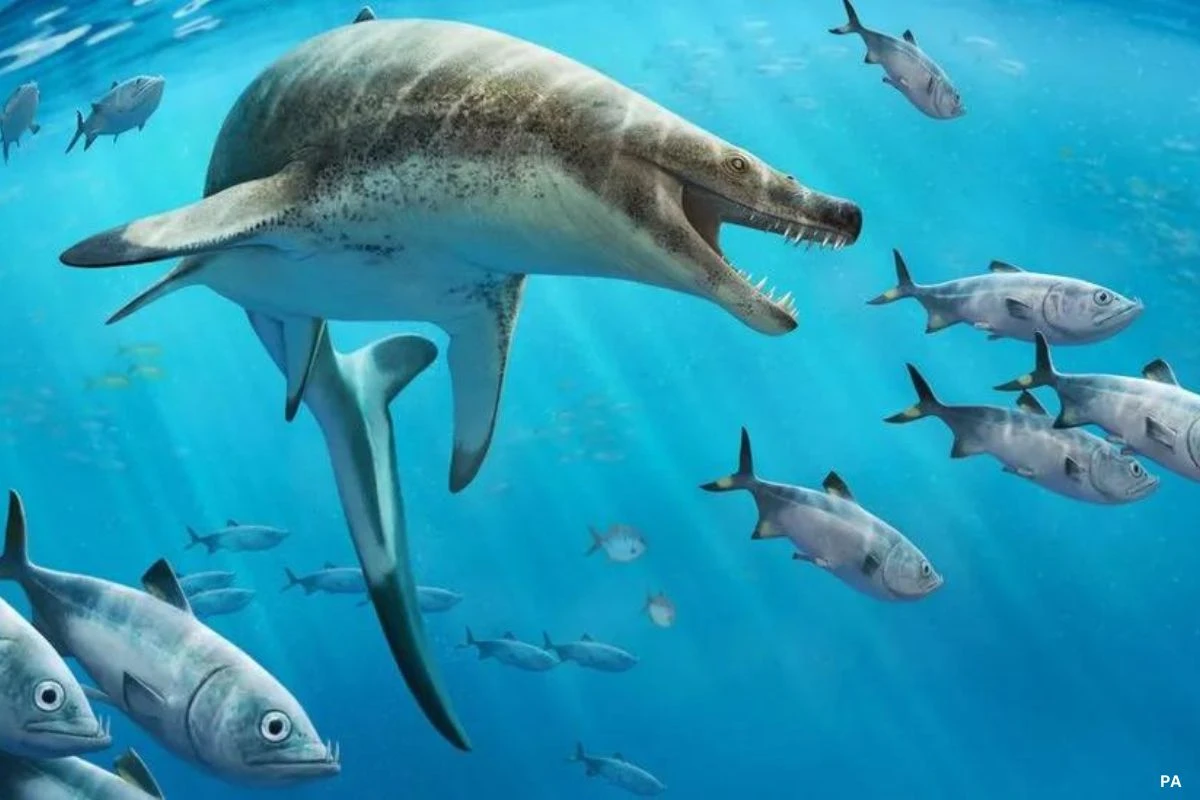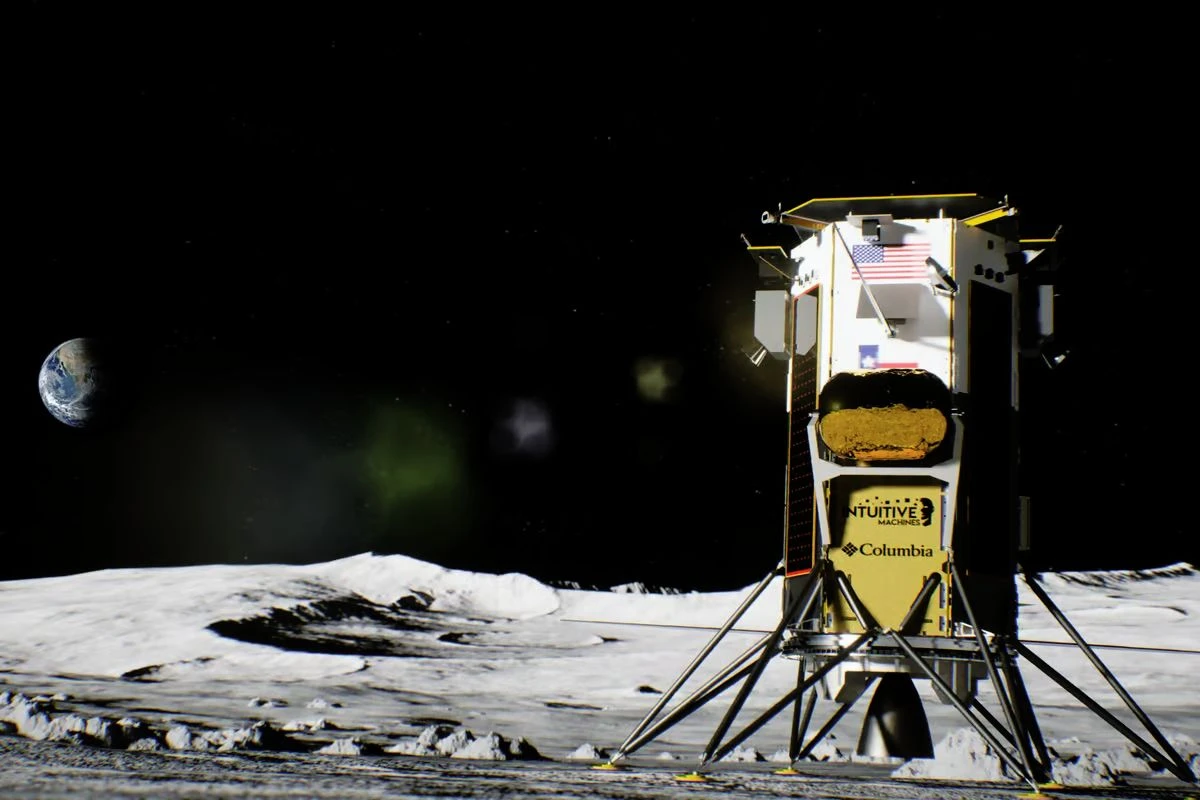After years of searching, astronomers have finally detected a rocky exoplanet with an atmosphere, a crucial factor in the quest for habitable worlds beyond our solar system. However, this newfound planet, dubbed 55 Cancri e or Janssen, offers no hospitable conditions for life as we know it.
This super-Earth, significantly larger than our own but smaller than Neptune, orbits dangerously close to its host star, completing an orbit every 18 hours. Renyu Hu, lead author of the study published in Nature, explained, “The atmosphere is likely rich in carbon dioxide or carbon monoxide, but can also have other gases such as water vapor and sulfur dioxide. The current observations cannot pinpoint the exact atmospheric composition.”
55 Cancri e is a scorching world, with surface temperatures reaching a blistering 3,140 degrees Fahrenheit (1,725 degrees Celsius/2,000 degrees Kelvin). Brice-Olivier Demory, a study co-author, humorously remarked, “Indeed, this is one of the hottest-known rocky exoplanets. There are likely better places for a vacation spot in our galaxy.”
Located in our Milky Way galaxy about 41 light-years from Earth in the constellation Cancer, this rocky exoplanet is tidally locked, with one side permanently facing its star. Despite its close proximity to its star, which should strip away any atmosphere, gases from its vast ocean of magma may continually replenish its atmosphere. However, Hu emphasized, “The planet cannot be habitable because it is too hot to have liquid water, considered a prerequisite for life.”
While previous exoplanet discoveries with atmospheres have been gas giants, the detection of an atmosphere around a rocky planet marks a significant advancement in exoplanet exploration. Demory highlighted the importance of atmospheres for life, saying, “On Earth, atmosphere is key for life. This result on 55 Cnc e entertains the hope that Webb could conduct similar investigations on planets that are much cooler, which could support liquid water at their surface. But we are not there yet.”
Scientists continue to push the boundaries of exoplanet research using instruments like the James Webb Space Telescope, with each discovery bringing us closer to unlocking the mysteries of the cosmos and understanding our place within it. Yet, for now, 55 Cancri e remains a distant, inhospitable world, offering a glimpse into the vast diversity of planets beyond our solar system.












